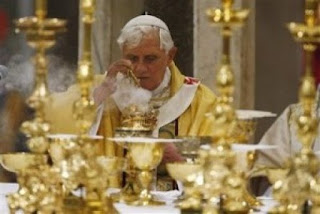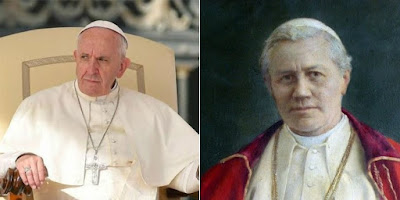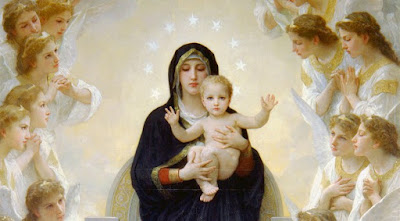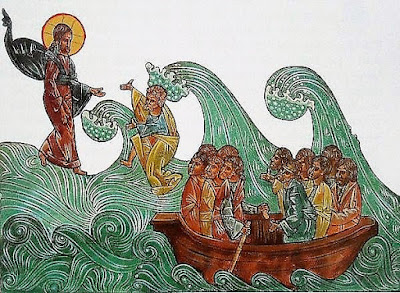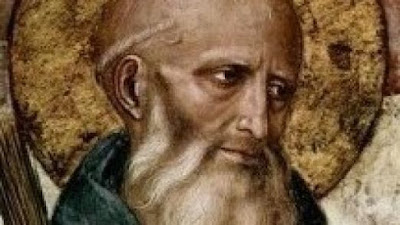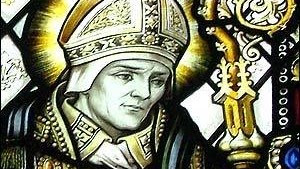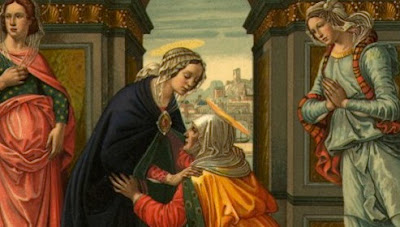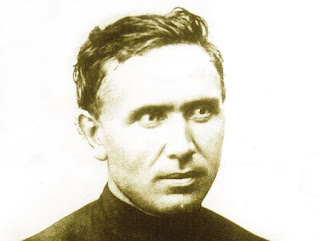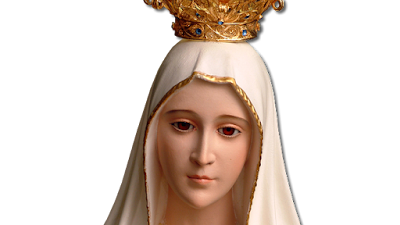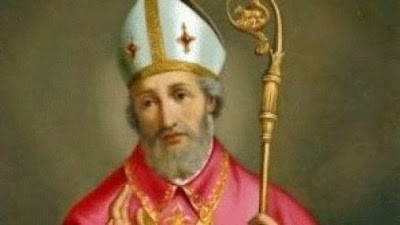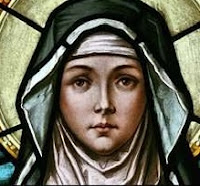Feast of Saint Matthew, Apostle and Evangelist
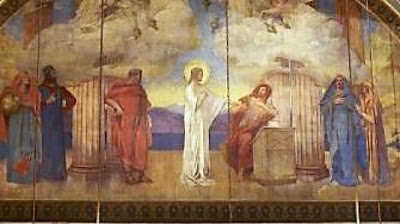
September 21st, is the feast of Saint Matthew, the Apostle and Evangelist, best known for the Gospel bearing his name. Information about his early years is scarce. He was highly educated. In the New Testament, he is referred to variously as "Levi" and the "son of Alphaeus." He received the name Matthew upon becoming a disciple of Christ. (Matthew in Hebrew: מַתִּתְיָהוּ means "gift of God.") As a publican for the Roman authorities, he collected taxes in Capernaum where Jesus is known to have resided in Peter’s house. Most tax collectors typically overcharged and pocketed the difference — a universally acknowledged practice. Moreover, they collaborated with the occupying Romans authorities in handling money deemed impure from those foreign to the People of God. Matthew was despised by fellow Jews, especially the Pharisees who likened tax collectors to sinners, prostitutes and extortionists. As such, Jewish publicans were forbidden from marrying a
